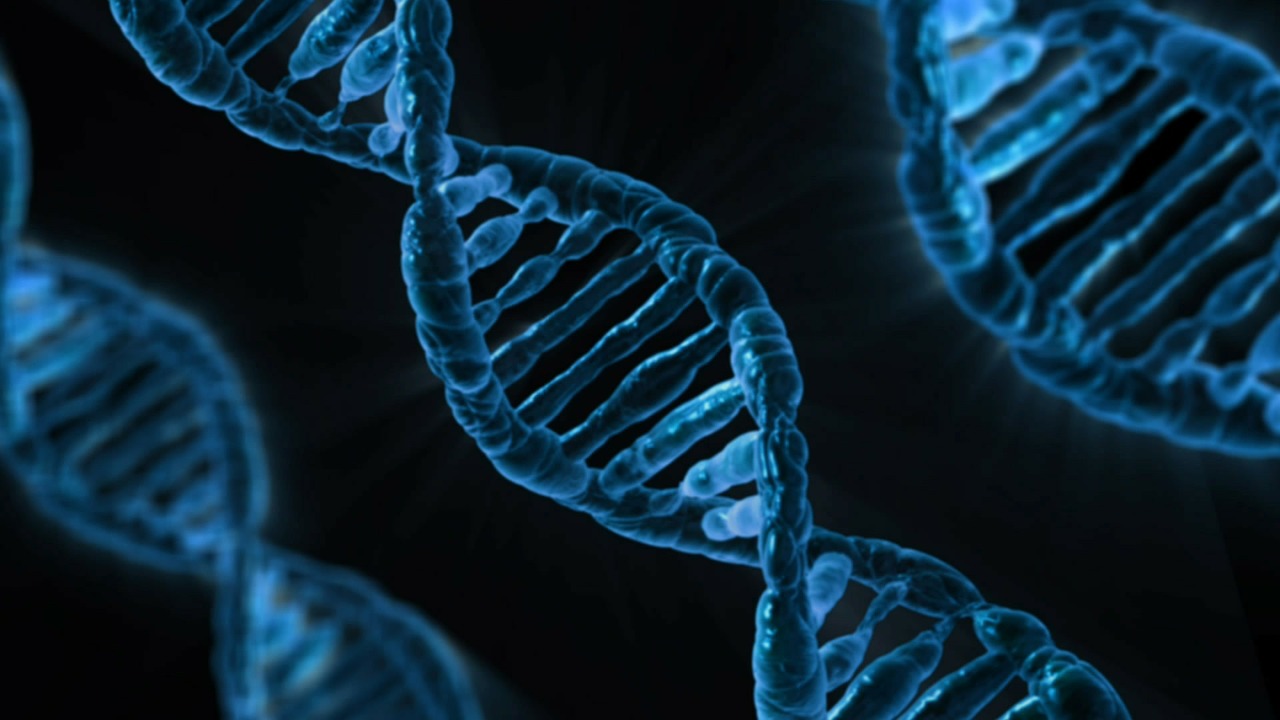
Neanderthals, our closest evolutionary relatives, inhabited parts of Europe and Asia until their extinction around 30,000 years ago. Genetic studies have increasingly illuminated the connections between Neanderthals and modern humans, revealing that interbreeding occurred in a relatively short period around 47,000 years ago. However, one mystery remains: while modern human DNA contains bits of Neanderthal DNA from nearly every part of their genome, the Neanderthal Y chromosome is conspicuously absent.
Neanderthal Genes and Chromosomes
Neanderthals and modern humans diverged between 550,000 and 765,000 years ago in Africa, with Neanderthals moving into Europe while our ancestors remained. The two species did not meet again until modern humans migrated to Europe and Asia between 40,000 and 50,000 years ago.
Scientists have sequenced the Neanderthal genome, using DNA from well-preserved bones and teeth found in Europe and Asia. Like humans, Neanderthals had 20,000 genes arranged in 23 pairs of chromosomes, including a pair of sex chromosomes: XX in females and XY in males. The Neanderthal Y chromosome, though challenging to sequence due to its repetitive “junk” DNA, contains many of the same genes found on the modern human Y chromosome.
Interspecies Mating and Neanderthal DNA in Modern Humans
Modern human genomes from lineages originating in Europe contain about 2% Neanderthal DNA. Lineages from Asia and India contain even more, while those restricted to Africa have none. Most Neanderthal DNA entered the human gene pool during a 7,000-year period about 47,000 years ago, after modern humans left Africa and before Neanderthals went extinct.
Despite the extensive interbreeding, no modern humans have been found to carry any part of the Neanderthal Y chromosome.
The Mystery of the Missing Neanderthal Y Chromosome
Several theories might explain the absence of the Neanderthal Y chromosome in modern humans:
- Accidental Loss: The Neanderthal Y chromosome may have been lost by chance over thousands of generations if its bearers had no sons.
- Interspecies Mating Patterns: If interspecies mating primarily involved modern human men and Neanderthal women, the resulting sons would have inherited the human Y chromosome, not the Neanderthal one. However, this theory is complicated by the lack of Neanderthal mitochondrial DNA (passed through the female line) in modern humans.
- Inferior Function: The Neanderthal Y chromosome might have accumulated harmful mutations due to small population sizes, making it less effective than the modern human Y chromosome.
- Haldane’s Rule: This century-old theory suggests that in hybrids between species, the sex with dissimilar sex chromosomes (XY in mammals) is more likely to be infertile or unhealthy. This pattern is observed in many species, including mice and big cats. The Neanderthal Y chromosome may not have worked well with modern human genes, leading to infertility or unfitness in male hybrids.
Conclusion
The absence of the Neanderthal Y chromosome in modern humans might be due to a combination of genetic incompatibilities, interspecies mating patterns, and the evolutionary pressures outlined by Haldane’s rule. This intriguing mystery not only sheds light on our distant past but also underscores the complexity of genetic inheritance and species evolution.




